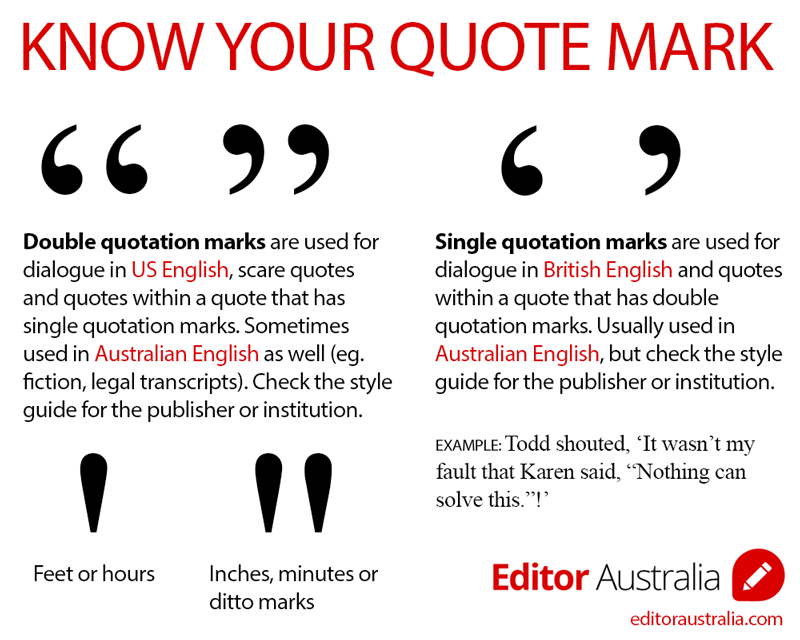Chemistry
There are standard chemical symbols for elements, e.g. Ca for calcium, Hg for mercury, which can be used depending on your preferences.
Mass number is a superscript to the left of the symbol, e.g. carbon-14 is 14C, uranium-238 is 238U.
Units of measurement
For simplicity, it is better to use abbreviations for units of measurement as it is faster to read and saves space. The abbreviation should appear with a space between it and the number (e.g. 8 metres becomes 8 m). Note, with units of measurement, the number, even if it is below 10, should always appear as a numeral (e.g. eight should be written as 8). Most units of measurement are written in lowercase, but see the list below.
| Length: | millimetre is abbreviated to: mm |
| centimetre is abbreviated to: cm | |
| metre is abbreviated to: m | |
| kilometre is abbreviated to: km | |
| Mass: | gram is abbreviated to: g |
| kilogram is abbreviated to: kg | |
| tonne is abbreviated to: t | |
| Volume: | millilitre is abbreviated to: ml |
| litre is abbreviated to: l | |
| kilolitre is abbreviated to: kl | |
| Imperial: | ounce is abbreviated to: oz |
| pound is abbreviated to: lb | |
| inch is abbreviated to: in | |
| foot is abbreviated to: ft | |
| yard is abbreviated to: yd | |
| mile is not abbreviated (to avoid it being confused with millilitre) | |
| gallon is abbreviated to: gal | |
| Others: | When to capitalise units. If the unit is named after a person, the abbreviation of the unit is usually capitalised. |
| E.g. newton (force) = N pascal (pressure) = Pa kilojoule (energy) = kJ |
|
| kilometres per hour = km/h | |
| miles per hour = mph |
There is no full stop placed immediately after the abbreviation for a unit of measurement and no plural (‘s’).
Units of area/volume
Units of area/volume should be consistently abbreviated, rather than written out in full, as per the following examples:
| Metric: | 3 m2 | ,Imperial | 3 sq ft. |
(Note, only metric abbreviations use the superscript format.)
Compound adjectival expressions involving measurement
Hyphenate as follows:
A 6-m-long fence OR A 6-metre-long fence
A 6-m-long (2 ft) fence OR A 6-metre-long (2 foot) fence
[where imperial alternative is to be shown]
Formatting scientific names (natural history)
Botanical and zoological names take italic type (when available) for genera, species and sub-species. Higher taxonomic units (family, order, class, phylum, kingdom) take ordinary type. The classification of man is as follows:
| Animalia (kingdom), Chordata (phylum), Mammalia (class), Primates (order), Hominidae (family), Homininae (subfamily), Homo (genus, italic), sapiens (species, italic). |
Taxonomic identifications usually consist of two names, e.g. Canis familiaris, the dog, but may include more in specialised work. The genus name, Canis, is always first and takes a capital. Thespecies name, familiaris, is always lower case. In subsequent references, the genus name may be abbreviated to a letter (C. familiaris). Where the name of the discoverer follows the species name, it is not in italic.
Scientific Quote Marks
It is important to use the correct quotation marks in scientific writing because if you make a mistake this could change the meaning in a serious way. For example, be sure to use the correct symbol for feet and inches, as opposed to typing in a single or double quotation mark on your keyboard.
Depending on what software and fonts you are using, typing the keyboard button for quotation marks will result in either straight or curly quotes. The only true way to insert a prime symbol or a double prime for feet and inches is to use the 'Insert Symbol' function of your software (or in InDesign use the Glyphs palette). For HTML the entity code for prime is: ′ and for double prime is: ″
Read more about the correct symbols for apostrophes and quote marks on Quotations.

Request a free quote
Please email
amanda@greensladecreations.com
or call 0403 124 533
to discuss your needs.
